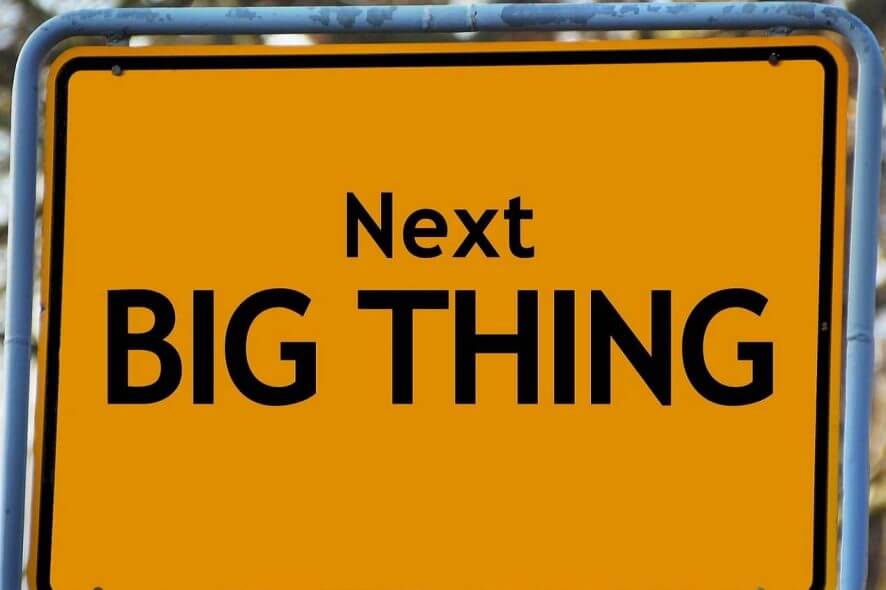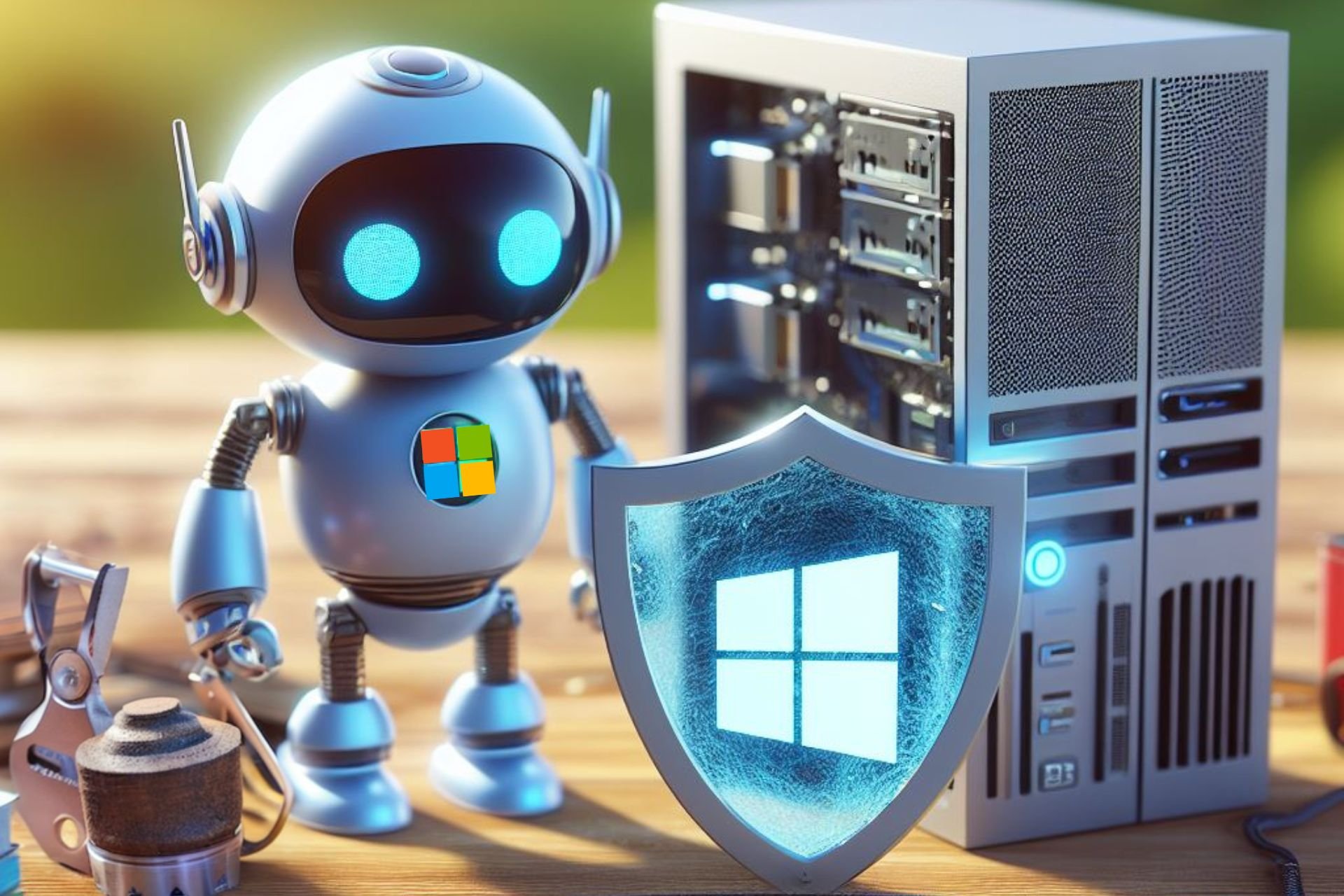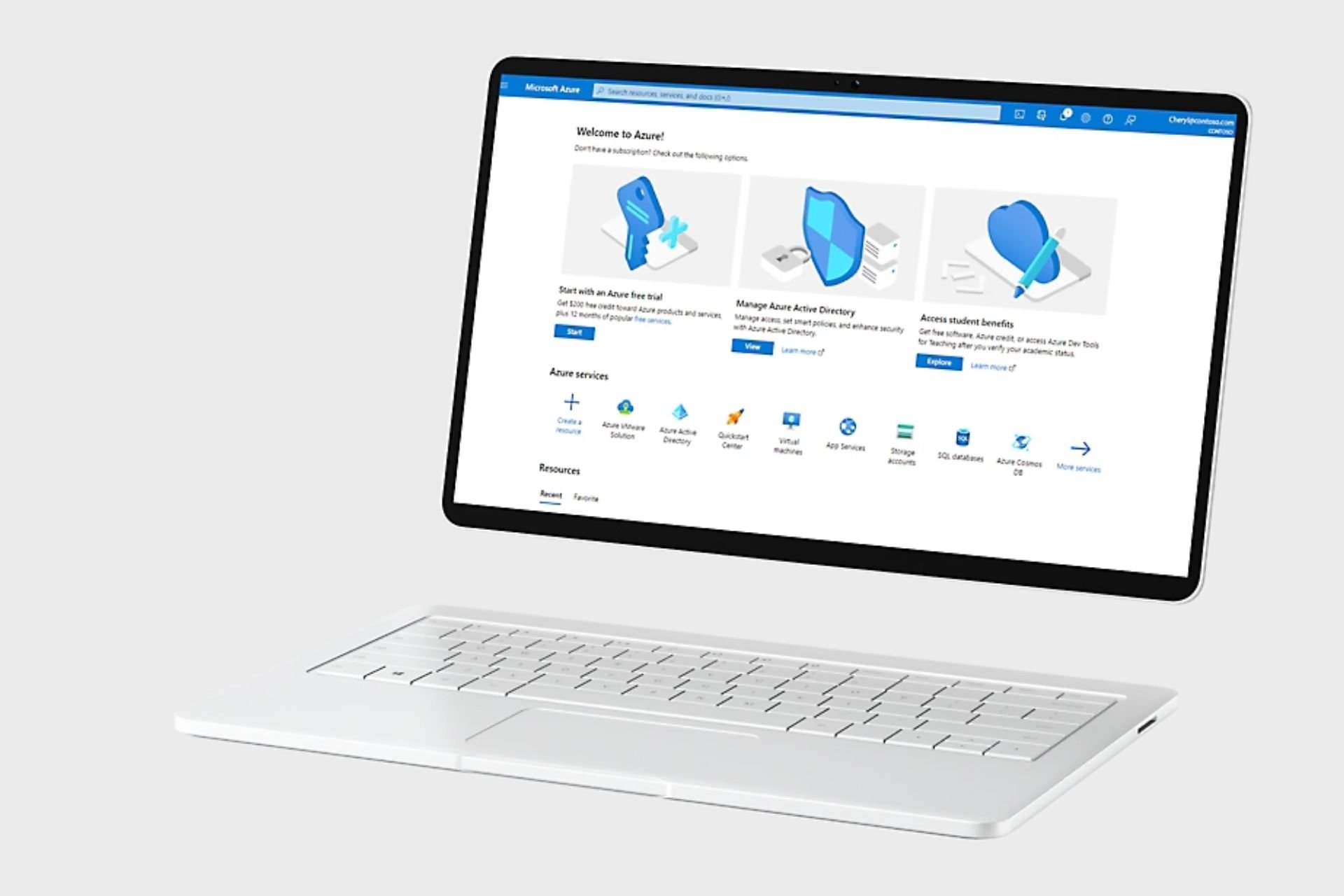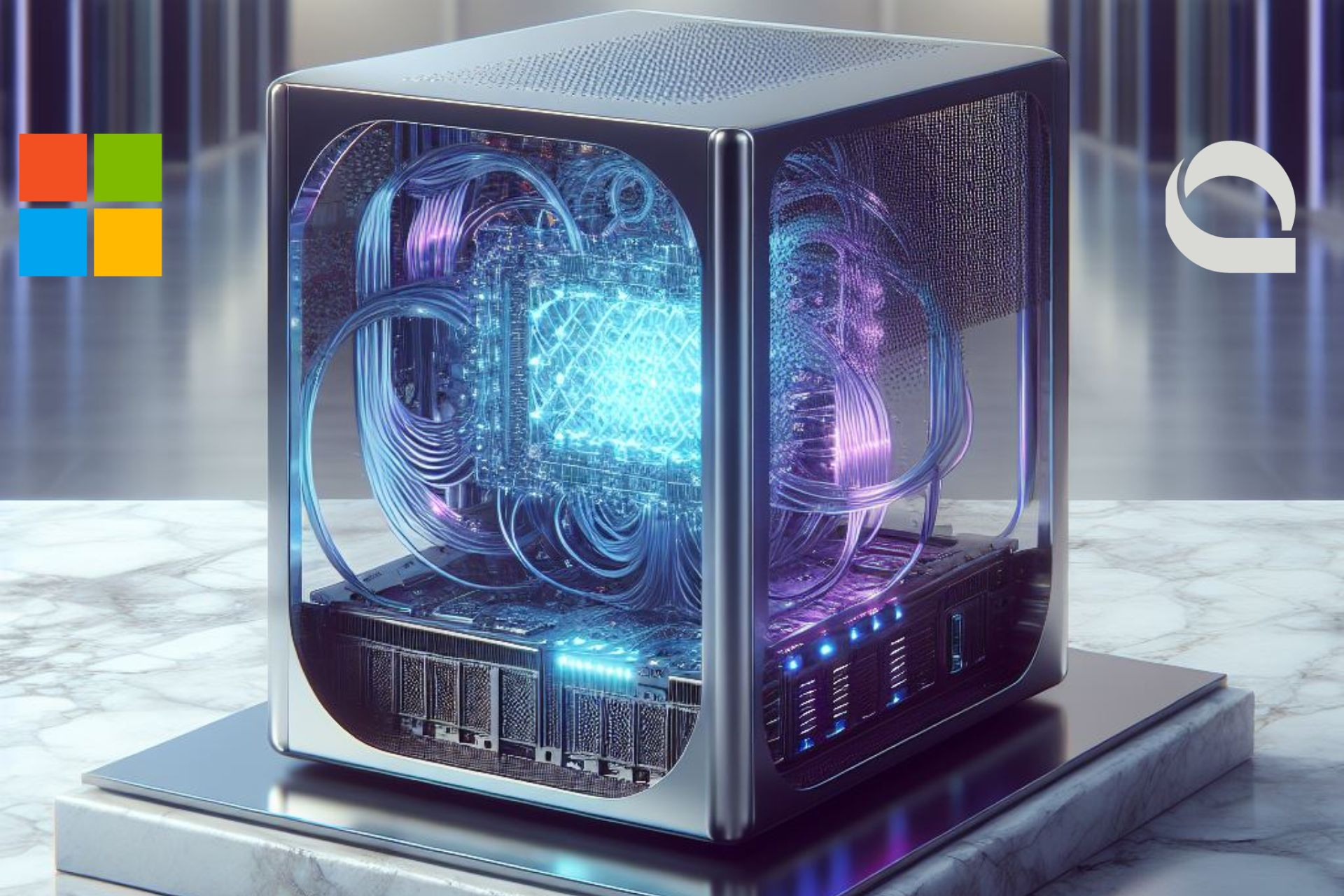Windows Virtual Desktop: is the future of the Windows OS in the cloud?
4 min. read
Updated on
Read our disclosure page to find out how can you help Windows Report sustain the editorial team Read more

It’s been a while since I wrote my last opinion article, but I strongly believe the Windows ecosystem is about to change dramatically.
And since here at Windows Report we have a mission of covering everything that’s important to our readers, it’s crucial that we start the discussion around the Windows Virtual Desktop.
The future of the Windows OS is the cloud, not the desktop
Made generally available worldwide at the end of September, this year, WindowsVirtual Desktop is about to have a major impact especially on small businesses.
And it all has to do with the fact that Windows 7 support is going away next month.
You see, not everybody loves Windows 10, and not everybody is ready for the change. Especially when you’ve got everybody in the company accustomed to a specific UI/UX, or even worse, when you have sensitive information that you’re afraid to migrate.
For these customers, Brad Anderson, corporate vice president at Microsoft 365, made the following suggestion:
With the end of extended support for Windows 7 coming in January 2020, we also understand some customers need to continue to support Windows 7 legacy applications as they migrate to Windows 10. To support this need, you can use Windows Virtual Desktop to virtualize Windows 7 desktops with free Extended Security Updates (ESU) until January 2023.
And this could be a massive move. Imagine that Windows 7 still accounts for around 30% of the total worldwide desktop OS marketshare. You have to wonder – how many of these are consumer users and how many are actually SMBs or Enterprise?
And what is the impact on the Windows Virtual Desktop that Microsoft tries to promote instead?
What exactly is Windows Virtual Desktop?
As far as definitions go, Windows Virtual Desktop is a Microsoft Azure-based system for virtualizing the Windows OS by providing virtualized desktops and applications in the cloud. Of course, you already guessed by the sound of it that this is a product that’s not aimed at the average Joe, but rather at IT Pros.
And seeing how Microsoft is all about cross-platform these, naturally, it has been made available on macOS, Android, iOS, and HTML5, as well. First announced in September 2018, it was followed by a public preview in March 2019, and it’s already out in the open for almost 3 months now.
What can you actually do with the Windows Virtual Desktop?
If you’re an IT Pro, here’s just a couple of things at your disposal:
- Set up a multi-session Windows 10 deployment that delivers a full Windows 10 with scalability
- Virtualize Office 365 ProPlus and optimize it to run in multi-user virtual scenarios
- Provide Windows 7 virtual desktops with free Extended Security Updates
- Bring your existing Remote Desktop Services (RDS) and Windows Server desktops and apps to any computer
- Virtualize both desktops and apps
But do you really need WDV?
As Alex Fields pointed out, if you remove your dependency on Windows, then you’ve removed the need for your virtual desktop along with it.
And to be honest, I agree that first of all, Microsoft 365 should include WVD, as well, and that could become a serious boost to Virtual Desktop usage increase. I recommend reading Fields’ article for even more insight into why you should go for Virtual Desktop or not.
As far as I’m concerned (and I’m definitely not an expert), the answer lies in the legacy apps. Do something with that dependency and maybe you won’t be needing WVD, after all.
Where is Windows Virtual Desktop headed?
But what’s more interesting is this – is Microsoft going to actively promote WVD as a consumer solution, trying to promote a desktop-as-a-service cloud-based model or they’re simply offering a solution for SMBs that are looking to end their Windows 7 experience?
Steven J. Vaughan-Nichols has no doubt that Microsoft will be pushing WVD for consumers soon enough. But could soon enough be 2020?
s








